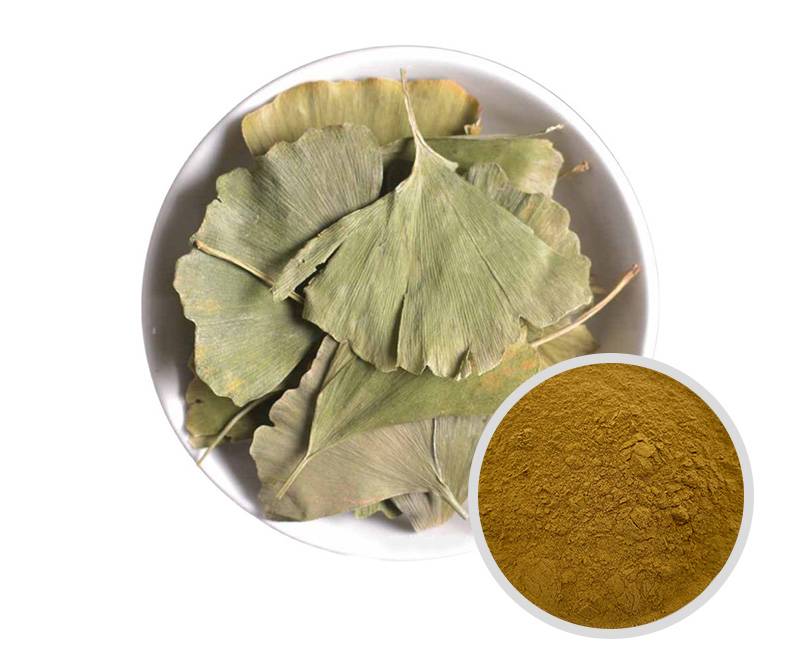イチョウの乾燥抽出物は、養鶏にどのように使用されますか?
銀杏, also known as the white fruit, gongsun tree, duck foot tree, and fan palm, is a perennial deciduous tree in the Ginkgoaceae family of gymnosperms. It is a precious relict tree species unique to China and is known as a “living fossil”. China cultivates the largest number of ginkgo trees in the world, accounting for about 75% of the world'町s[1]。イチョウの葉、根、花粉、肉、外皮は薬に使うことができますが、最も重要なのは葉です。緑と健康農業の概念の普及に伴い、抗生物質の代替として、自然で安全な漢方薬飼料添加物の開発は、畜産業の発展の必然的な流れです。イチョウの葉とエキスには抗腫瘍、抗酸化、抗菌、血中脂質調節、神経保護などの薬効があり[2]、近年徐々に家畜と家禽の生産に導入されている。
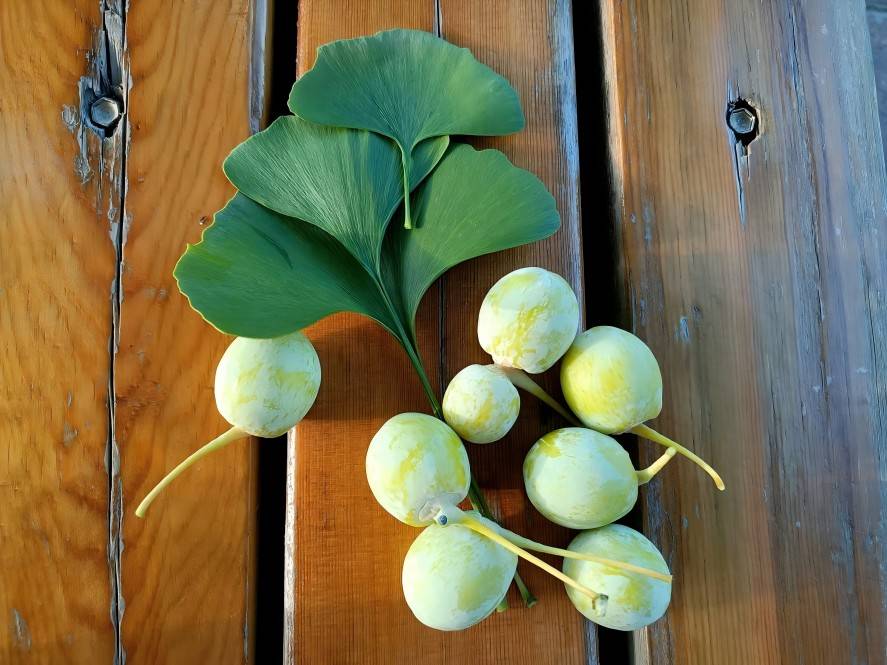
1の化学組成
1.1フラボノイド
Flavonoids are the main active ingredients in ginkgo leavesイチョウ葉エキスの5.9%を占める[3]。主にケルセチン、ケンフェロール、イソールハムチンなどのフラボノイド配糖体から構成され、グルコースなどの単糖と酸素配糖体で結合している。銀杏エキスには、32種類の単量体フラボノイド、6種類の二量体フラボノイド、4種類のカテキンを含む40種類以上のフラボノイドが含まれています[4]。フラボノイドは、主にフリーラジカル除去作用と脂質過酸化抑制作用を示し[5]、イチョウの葉の主要な化学成分であり、広範なユニークな薬理作用を発揮します。
120 Terpenoid lactones
テルペンラクトンはイチョウの主要な有効成分であり、イチョウの全含有量の0.1%から0.6%を占める。これまでに、ギンゴリドとビロバリドに分けられるイチョウから合計8つのテルペン化合物が単離されている[6]。ギンコリドはジテルペノイドであり、ギンコリドa, b, c, m, jなどがある。ギンコリドはセスキテルペンラクトンである。ギンゴリドは、受容体に対して強力かつ特異的な阻害活性を有し、現在、最も臨床応用の見込みがある天然受容体拮抗薬であると考えられている[7]。
多糖类を1.3
Ginkgo biloba polysaccharides are heteropolysaccharides composed of rhamnose, arabinose, mannose and galactose [8]. Ginkgo biloba polysaccharide has various biological activities such as immunomodulation, anti-oxidation and anti-tumor [9].
1.4アミノ酸
イチョウの葉には17個のアミノ酸が含まれており、その合計は92.26 mg/gである[10]。グルタミン酸が最も多く、次いでアスパラギン酸とロイシンが多い。イチョウの葉には必須アミノ酸が8つ含まれており、全体の46.9%を占めている。
1.5ビタミン
イチョウはビタミンe、ビタミンb6、ビタミンc、ナイアシン、葉酸を多く含み、それぞれ4.09、2.90、81.47、9.43、1.69 mg/gを含んでいる[10]。
1.6鉱物
Ginkgo biloba contains 25 minerals, including copper, zinc, iron and magnesium. The content of copper is 4.448μg/g, zinc is 24.48μg/g, iron is 539.3μg/g and magnesium is 6844μg/g [11].
2. 家禽の生産における役割
2.1. 生産性を高める
イチョウの葉に含まれるテルペンラクトンは、天然の高活性血小板活性化因子アンタゴニストであり、血小板活性化因子による腸粘膜損傷を阻害することができる。したがって、胃粘膜を効果的に保護し、ブロイラー鶏による栄養素の吸収を増加させ、ブロイラーの成長性能を向上させることができます[12]。研究によると、天然植物とその抽出物は、内因性酵素の分泌と活性を高め、腸内微生物叢を改善し、飼料栄養素の利用率を高めることができます[13]。延豊面(チュンチョンナムド・クェサングン・ヨンプンミョン)盧らなど[14]銀杏葉エキスを、後ろの1.0%追加、江蘇省北部の基礎議会鶏鶏した結果、太りやすく、換算率羽後段で餌が大幅に改善された。また、鶏の内臓摘出率も大きく増えた。また、銀杏抽出物の増加に伴って殺処分率も増加する傾向にありました。
Zhu Yongyi et al. [15] added 0.2% to 0.4% fermented ginkgo biloba extract to the diet of yellow-breasted broilers, which increased the average daily feed intake and average daily weight gain of yellow-breasted broilers throughout the entire period and significantly reduced the feed conversion ratio. Chen Guiying et al. [16] conducted a similar experiment by adding ginkgo biloba extract to the diet of yellow-breasted broilers and obtained similar results. Li Yan et al. [17] added 0.2% to 1% ginkgo biloba extract to the diet of Arbor Acres broilers (AA broilers), and found that the slaughter performance, feed conversion rate and evisceration rate of the broilers improved linearly with the increase of the added amount. It can be seen that the addition of ginkgo biloba or its extract has a significant growth-promoting effect in the rearing of different types of broilers.

2.2製品の品質向上
Ginkgo biloba flavonoids and ginkgolides can lower blood lipids and cholesterol, protect capillary permeability, and restore the elasticity of arterial blood vessels [18]. Adding ginkgo biloba and its extracts to the feed of laying hens can produce low-cholesterol, green, nutritious, and healthy eggs. He Yuqin et al. [19] added 0.80% ginkgo biloba ultrafine powder to the diet of Roman white commercial laying hens, and found that the egg yolk cholesterol content and egg cholesterol content of the eggs produced by the laying hens were significantly reduced. Zhang Ying et al. [20] found that adding ginkgo biloba to the diet of laying hens can significantly improve the yolk color and yolk rate, reduce the accumulation of total cholesterol in the yolk, and significantly increase high-density lipoprotein cholesterol, thereby enhancing the nutritional function of the egg. Zhu Sujin et al. [21] also had similar research results. In addition to improving egg quality, ginkgo biloba feed additives also have a beneficial effect on the quality of broiler products. Zang et al. [22] found that adding 0.48% ginkgo biloba extract to the diet of Ross female broiler chickens can significantly reduce the abdominal fat rate and extremely significantly reduce the liver fat content. Chen Guiying et al. [16] added 0.5% to 1.5% ginkgo biloba bio-feed additive to the diet, and the results showed that the slaughter performance of broiler chickens was improved to varying degrees, and the half-cleared rate, full-cleared rate, and breast muscle rate were significantly improved.
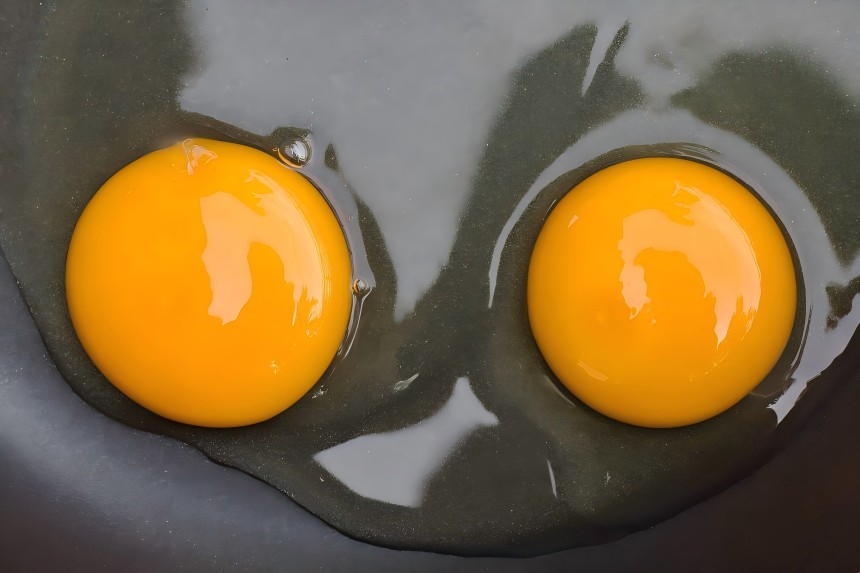
2.3静菌効果と殺菌効果
近年、伝統的な漢方薬とその多糖類およびその他の成分をウイルス疾患の予防と治療に応用することが注目されている[23]。林明洙(lin mingzhu)らは、人工的にニューカッスル・ウイルス(ndv)に感染した生後10日のニワトリ胚に対してイチョウの葉の抽出物の阻害試験を行い、0.250 g/ ml + ndv群と0.125 g/ ml + ndv群の保護率がそれぞれ70%と80%に達したことを明らかにした。イチョウ葉抽出物はndvの増殖を著しく抑制する。xia qianらは[25]、ニワトリ胚におけるイチョウ・ビロバシードコート多糖類(gbep)のニューカッスル病ウイルスに対する効果を研究し、同様の結論に達した。さらに、イチョウ葉エキスはndvの増殖を一定の抑制効果を持つだけでなく、家畜や家禽の一部の病原細菌に対しても強い抑制効果を有する[26]。li yanらは、1日齢の健康なaaブロイラーヒナの毎日の食事に0.20%のイチョウの葉エキスを添加し、ヒナの中に大腸菌が存在することを発見した'cecaは21.99%減少し(p <0.05)、乳酸菌数は7.74%増加した[27]。
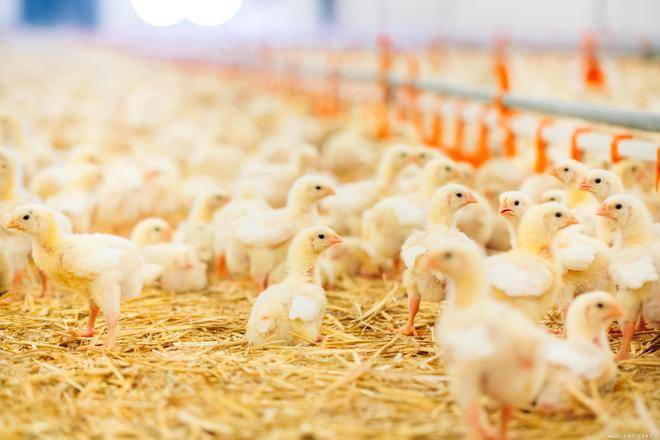
2.4免疫向上
家禽の免疫器官は主に胸腺、脾臓、ファブリキウス嚢である。彼らの絶対的および相対的な重量の増加は、ボディの強化を表します's cellular and humoral immune functions. Yang Xiaoyan et al. [28] found that adding 1.0% ginkgo biloba extract to the diet of broilers can significantly increase the bursa of Fabricius index, thymus index, and serum albumin and IgG content of broilers. Li Zhonghao et al. [29] also reached a similar conclusion. Huang Qichun et al. [30] found that adding 0.20% ginkgo biloba extract to the diet of broiler chickens significantly increased the spleen index, thymus index and bursa index, and increased the content of IgA, IgG and IgM in bile and intestinal fluid, and the effect was better than that of chlortetracycline. In addition, studies have found that ginkgo biloba polysaccharides have a strong immunostimulatory effect on chicks, and can significantly improve the immune status of chicks infected with Marek&#診療所における39;s疾患[31]は、発生率および死亡率を有意に低下させ、ひよこの下痢率を低下させ、生存率を増加させる[32]。
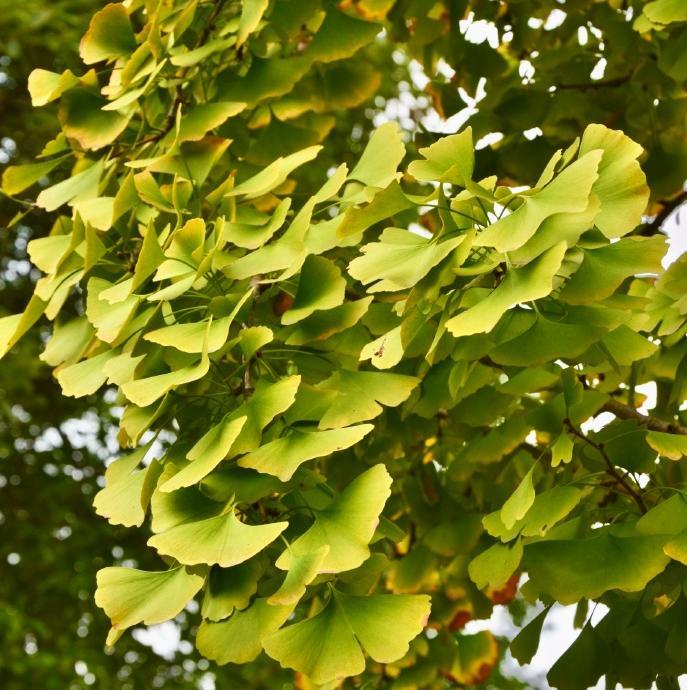
3結論
China has abundant ginkgo leaf resources and is the main producer of ginkgo. Ginkgo extract products are widely used in food and cosmetics in addition to being used as medicines at home and abroad. In recent years, it has been gradually introduced into livestock and poultry production as a safe, green plant and its extracts as an alternative to antibiotics. However, the scale of ginkgo leaf processing and production in China is small and scattered, the technology is relatively backward, and the extraction process needs to be improved and optimized. Currently, there is a lack of unified veterinary drug standards for ginkgo leaves, extracts and preparations. The active ingredients such as flavonoids and polysaccharides in ginkgo leaves from different regions and species can vary in different seasons, and the formulation standards need to be further improved. Although the pharmacological effects of ginkgo are still not fully understood, some studies have found that excessive use of ginkgo extracts may cause poisoning or allergic reactions [24]. However, taking advantage of the unique advantages of China'のイチョウ資源と積極的に水産養殖における抗生物質の代替としてイチョウ葉抽出物の適用を開発することは、良好な見通しを示しています。
参照
【1】梁立星。中国の影響を受けた#wtoと対策に参加39の銀杏業界[j]。森林科学技術ニュースレター,2001,(2):29-31。
[2] gai xiaohong, liu suhuang, ren tao, et al。銀杏の化学組成、調製方法、副作用に関する研究[j]。麻薬評価研究40(6):742-751。、2017年
[3] huo j c, yang j, ou l l, et al。イチョウの健康効果と食品産業への応用[j]。穀物、油脂、2005年(4):42-47。
[4] zhang h z, liu t j, dong y s, et al。イチョウ葉エキスの研究進展[j]。中国醸造,2009,202(1):14-15。
[5] guo j, liu y, li y, et al。全イチョウエキスのh2o2誘導心筋細胞傷害に対する保護作用[j]。^ a b c d e f『漢書』第39巻第12号、1864年-1867年。
[6] gao h .イチョウ葉エキスの薬理作用[j]。^ a b c d e f g h『日本の歴史』、2016年、165 -169頁。
[7] maclennan k m, darlington cl, smith p f, et al。銀杏エキスおよびギンゴリドbのcns効果[j]。2002年Neurobiolお父さん、67(3):235-257。
[8] jin juqing, ding dongning, bian xiaoli, et al。銀杏多糖の化学と水酸基の除去[j]。日刊Xi&#^ a b c d e f『大学史』第21巻、419頁。
【9】chen qun, liu tianjiao。イチョウ・ビロバ多糖の抗腫瘍および免疫調節作用[j]。伝統的な中国医学薬理と臨床,2003,19(5):18—19。
[10] chen guohua, deng fuliang, liu jianping, et al。イチョウのアミノ酸とビタミンの分析[j]。日本学術振興会会誌、2001年、26(4):335-336。
[11] sun jing, xu lihua, cui xi, et al。イチョウ葉中の微量元素の原子吸収分光法による測定[j]。中国の薬剤師,2006,9(11):1009-1010。
【12】陳強、梁俊生。イチョウ葉エキスのブロイラーの生産性および血清生化学指標への影響[j]。^『読売新聞』2013年1月1日、47-49頁。
[13] gan liping, yang weiren, zhang chongyu, et al。植物エキスの生理機能と作用機序[j]。^『官報』第2667号、大正5年、2667-2675頁。
[14] lu yanfeng, zhou mingxia, sun guobo, et al。subei grass chickens [j]. [j]. [j]. [j]. [j]。江蘇農業科学,2014,42(7):207-209。
[15] zhu yongyi, li xiaomeng, shi qiang, et al。1歳から42歳までのキイロブロイラ鶏の成長性能、血清生化学指標および抗酸化能力に対する発酵イチョウ葉の影響[j]。^ a b c d e f g hi(2018)、13-18頁。
[16] chen guiying, cao fuliang, wang guibin, et al。イチョウのバイオ飼料添加物がキイロブロイラー鶏の食肉処理能力と肉の品質に与える影響[j]。江蘇省林業科学技術,2006,33(2):19-22。
[17] li yan, yang xiaoyan, lin yuexin, et al。イチョウエキスの殺処分能力、血清生化学指標およびブロイラーの甲状腺ホルモン濃度に対する影響[j]。^ a b c d e f g h『中国の歴史』、2007年、23 - 24頁。
[18] liu xuejun, hao zhenghong, yue fengli, et al。銀杏超微粉体の物理的・化学的性質に関する研究[j]。2009年食品科学技術、34(1):63-65。
[19]何玉琴,qiu longxin, lin biaosheng, et al。イチョウの超微細粉末の卵コレステロール含量への影響[j]。食品産業科学技術、2014年1:342-345。
[20] zhang ying, zhang shiyuan, ge jiagen, et al。イチョウの生体飼料の生産能力、卵の品質および産卵鶏のいくつかの血液生化学的指標に対する影響[j]。^『週刊ファミ通』2009年5月号、45 -45頁。
[21] zhu sujin, xia xinshan, sun guobo, et al。3つの漢方薬エキスが卵の生産能力、卵の品質および産卵鶏の血液生化学指標に及ぼす影響[j]。^ a b c d e f g hi f g hi(2014年)、62-63頁。
【22】曽祖民、王学経。イチョウエキスがブロイラー鶏の成長性能と脂質代謝に及ぼす影響[j]。^ a b cアポロドーロス、2006年1月1日、6-9頁。
[23] zhou xuemeng, lu chunni, qi wenbao, et al。[j] in vivo抗鳥インフルエンザウイルスの効果の青果とshuanghuanglian経口液[j]。^ a b c d e f g h『漢書』第42巻第7号、1351 -1356頁。
[24] lin mingzhu, li yan, chen rong, et al。銀杏エキスは、ニワトリのニューカッスル病ウイルスの増殖を阻害する[j]。^『川崎市史』川崎市史編纂委員会、2009年(平成21年)、2 - 3頁。
[25] xia qianxian, cheng nan, jiao jinying, et al。イチョウの種子外皮多糖類の調製とその抗ニューカッスル病ウイルス作用の予備的研究[j]。黒竜江省の畜産と獣医学、2017年4月4日、216-219。
[26]盛建国、黄東玉。イチョウの葉の抽出過程と抗菌性に関する議論[j]。^「food industry science and technology, 2005, 26(1): 65-67」。food industry science and technology(2005年). 2009年3月26日閲覧。
[27] li yan, yang xiaoyan, huang qichun, et al。イチョウ葉エキスがブロイラの生産性、栄養利用、腸内細菌叢に及ぼす影響[j]。^ a b c d e f g h『日本の歴史』、2009年、47- 47頁。
[28] yang xiaoyan, lin yuexin, li yan, et al。イチョウ抽出物がブロイラの生産性、屠殺性、免疫指標に及ぼす影響[j]。日本農林大学紀要2008,33(3):295-298。
【29】李仲浩、王麗。イチョウエキスがブロイラの免疫力に及ぼす影響[j]。黒竜江省動物飼育獣医学,2014,5:98 -99。
[30] huang qichun, chen tong, zheng xintian, et al。イチョウエキスの免疫器官指数およびブロイラー鶏消化管の局所体液免疫グロブリン含有量に対する影響[j]。安徽農業大学紀要,2011,38(6):892-895。
[31]玉建国氏(。多糖類イチョウれて生産の効果肿疡の壊死係数αおよびγ-interferonでひよこたちか[J]。^『日本獣医学会誌』日本獣医学会、2006年、28:596-597頁。
[32] li yan, yang xiaoyan, lin yuexin, et al。イチョウを抗生物質に代替する効果[j]。福岡県立大学、2006年、35(4):31-33。


 英語
英語 フランス
フランス スペイン
スペイン ロシア
ロシア 韓国
韓国 日本
日本